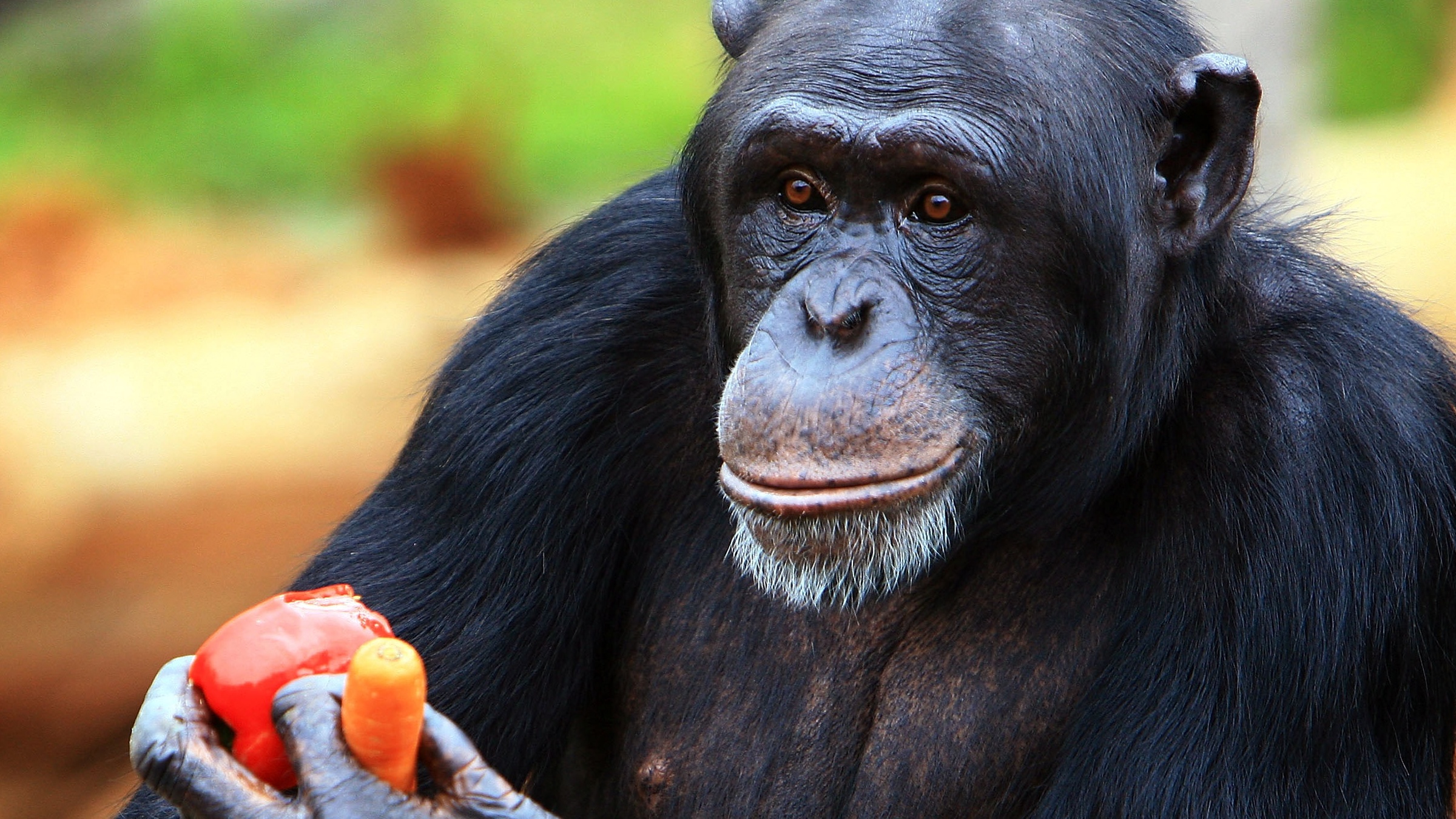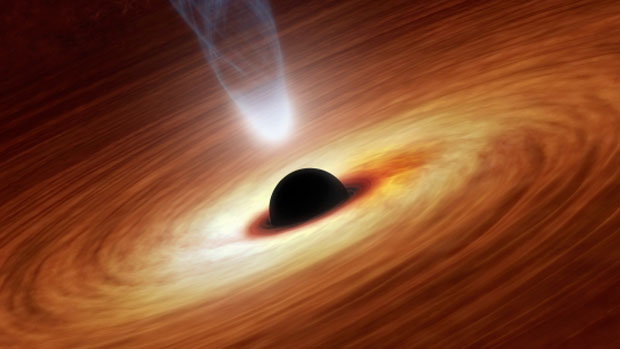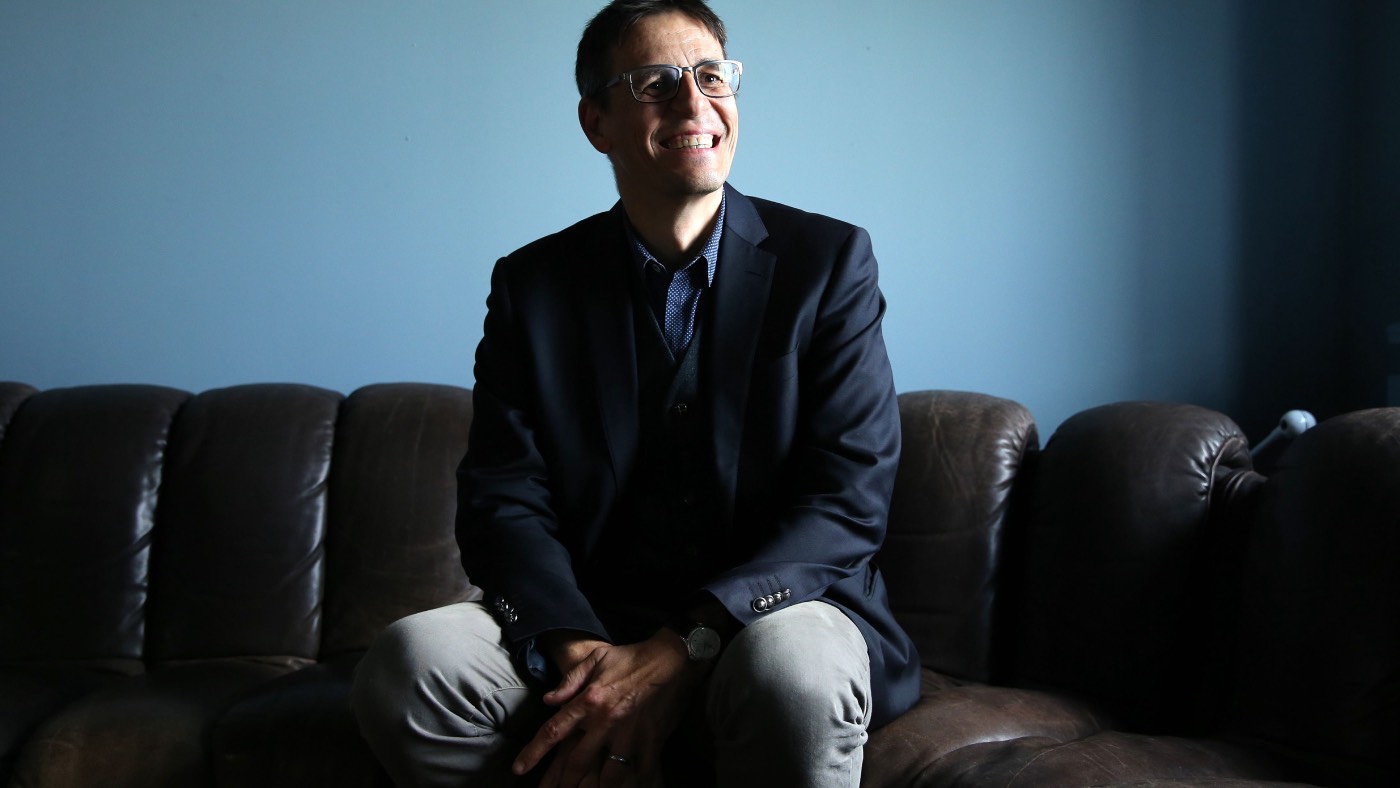Royal Observatory Greenwich to re-open to astronomers after 60 years
Cutting-edge new telescope named after female pioneer Annie Maunder

The Royal Observatory in Greenwich is to become a working observatory again, six decades after light and air pollution forced astronomers out of the capital.
After hosting stargazers for nearly three centuries, Greenwich closed as a working observatory in 1957, as bright lights and thick London smogs made it impossible for astronomers to get a clear view of the skies.
However, efforts to improve air quality and more advanced telescope technologies mean it is now possible to conduct scientific studies from the London observatory.
The Week
Escape your echo chamber. Get the facts behind the news, plus analysis from multiple perspectives.

Sign up for The Week's Free Newsletters
From our morning news briefing to a weekly Good News Newsletter, get the best of The Week delivered directly to your inbox.
From our morning news briefing to a weekly Good News Newsletter, get the best of The Week delivered directly to your inbox.
A campaign to restore the observatory so that it could welcome scientists once again raised more than £150,000 last year, The Daily Telegraph reports.
Following the success of the fundraiser, the observatory has bought and installed its first new telescope in more than six decades.
The Annie Maunder Astrographic Telescope is named after one of the first women to be employed at the Royal Observatory.
Born in 1868, she studied maths at the University of Cambridge’s all-female Girton College before becoming employed by the observatory in 1891 as a “lady computer”, making calculations for the observatory’s full-time astronomers, all of whom were men.
A free daily email with the biggest news stories of the day – and the best features from TheWeek.com
She worked in the Solar Department for four years before resigning to get married - a requirement at the time - but continued to work on a voluntary basis, capturing extraordinary images of the Sun’s activity.
During the First World War, she and her astronomer husband “came out of retirement to fill roles at the Observatory that had been left vacant by staff serving in the trenches,” according to the museum’s website.
She and her husband also wrote newspaper articles and books designed to make astronomy accessible to the public.
Her memorial telescope has been set up on the upper floors of the observatory’s Altazimuth Pavilion, which hosts an exhibit about the Sun on its lower floor.
Scientists and amateur stargazers will be able to use the cutting-edge equipment to “study the Sun and the planets in our Solar System, but also look beyond to more distant stars and planetary nebulae”, the BBC reports.
-
 The best books of 2025
The best books of 2025The Week Recommends A deep dive into the site of a mass shooting, a new release from the author of ‘Atonement’ and more
-
 Inside Minnesota’s extensive fraud schemes
Inside Minnesota’s extensive fraud schemesThe Explainer The fraud allegedly goes back to the Covid-19 pandemic
-
 ‘What a corrective to such nonsense’
‘What a corrective to such nonsense’Instant Opinion Opinion, comment and editorials of the day
-
 Richard Branson’s Virgin Galactic and Jeff Bezos’s Blue Origin: the new space race?
Richard Branson’s Virgin Galactic and Jeff Bezos’s Blue Origin: the new space race?Speed Read Branson has declared space open for business. Is that still a pie in the sky?
-
 Russia and China joining forces to build first Moon base
Russia and China joining forces to build first Moon baseSpeed Read Lunar pact represents ‘all kinds of security threats’ to UK and US, expert warns
-
 Mystery of where Stonehenge stones came from finally solved
Mystery of where Stonehenge stones came from finally solvedSpeed Read But how the builders moved the huge stone megaliths to the Salisbury site remains a mystery
-
 How chimpanzee ‘lip smacking’ can unlock mystery behind human speech
How chimpanzee ‘lip smacking’ can unlock mystery behind human speechSpeed Read New study reveals rhythm of great apes’ communications is identical to spoken language
-
 Scientists discover new variety of black hole
Scientists discover new variety of black holeSpeed Read Astronomers had previously missed entire class of dead star
-
 Trio win Nobel physics prize for work to understand cosmos
Trio win Nobel physics prize for work to understand cosmosSpeed Read The scientists were hailed for ‘ground-breaking’ discoveries
-
 Quadriplegic man walks using mind-reading robotic exoskeleton
Quadriplegic man walks using mind-reading robotic exoskeletonSpeed Read Robo-suit hailed as huge step forward for paralysed patients
-
 Will ancient scrolls damaged by Vesuvius be read again?
Will ancient scrolls damaged by Vesuvius be read again?Speed Read Scientists believe they have developed technology to see what is on the famous scrolls